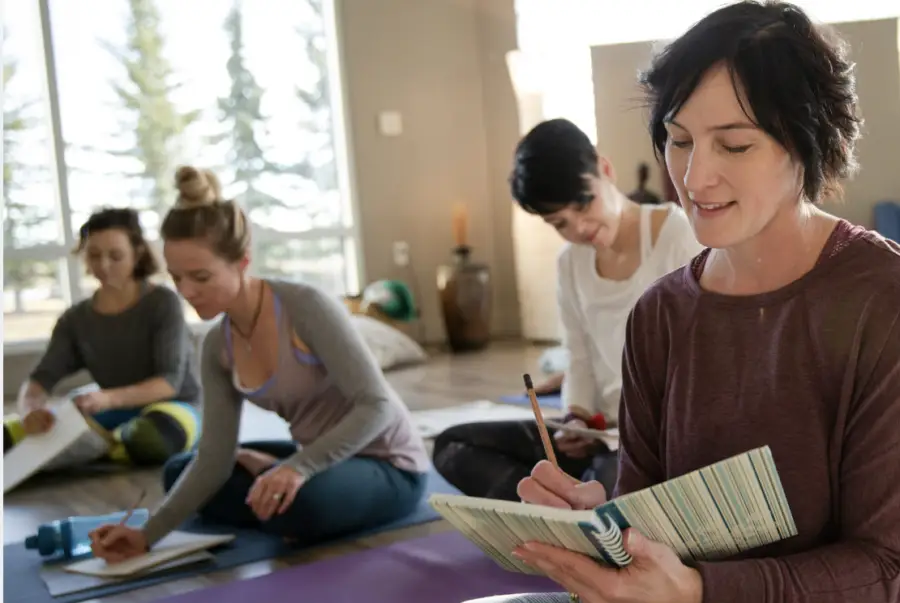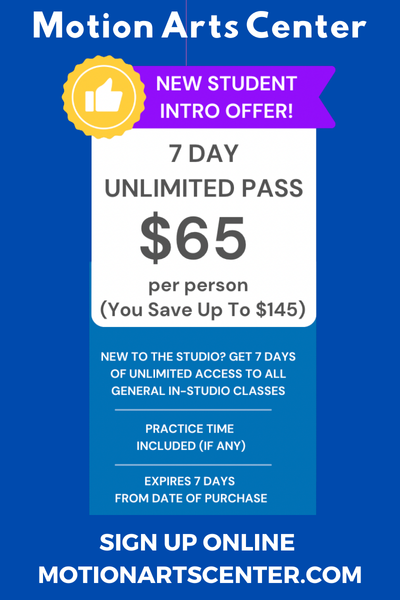
In this blog post, we’ll explore seven essential steps to get started with dance journaling and make the most of this powerful practice.
1. Choose a Format
The first step in dance journaling is choosing a format that suits your preferences and lifestyle. Some dancers prefer traditional pen and paper, while others might opt for digital journaling through apps or online platforms. The key is to select a format that you feel comfortable with and are likely to use consistently.
2. Set Specific Goals
Goal-setting is crucial in any journaling practice. Begin by outlining clear, specific goals for your dance journey. These goals could range from mastering a particular technique, improving your flexibility, or preparing for a competition or performance. By defining what you aim to achieve, you create a roadmap that guides your practice and provides motivation. Make sure your goals are realistic and measurable to track your progress effectively.
3. Record Your Progress
Regularly recording your progress is essential to understanding your development as a dancer. After each class or practice session, take a few minutes to jot down what you worked on, any challenges you encountered, and breakthroughs you experienced. Include details such as corrections from instructors, new steps learned, or feelings during practice. Over time, these entries will provide a detailed account of your journey, highlighting patterns and areas for improvement.
4. Reflect on Your Practice
Reflection is a critical component of dance journaling. Beyond simply recording what happened, take time to reflect on your experiences. Ask yourself questions like: What went well today? What could I improve? How did I feel during practice? Reflecting on your practice helps you internalize lessons, recognize progress, and develop a deeper understanding of your strengths and areas needing attention.
5. Be Honest with Yourself
Honesty is key to effective journaling. Be truthful about your experiences, including both successes and struggles. Acknowledging challenges and setbacks is crucial for growth, as it allows you to address issues head-on and develop strategies for overcoming them. Similarly, celebrating small victories and acknowledging improvements builds confidence and keeps you motivated!
6. Celebrate Your Achievements
It’s important to celebrate your achievements, no matter how small they may seem. Whether you nailed a difficult move, received positive feedback from an instructor, or simply had a great practice session, take time to acknowledge and celebrate these moments. Celebrating milestones you’ve reached reinforces positive behavior and encourages you to keep pushing forward.
7. Make It a Regular Practice
Consistency is key to reaping the benefits of dance journaling. Make it a habit to journal regularly, whether it’s after every class, once a week, or at another interval that works for you. Regular journaling ensures that you stay engaged with your goals, continuously reflect on your practice, and maintain a record of your progress. Over time, this habit will become an integral part of your dance journey.
Embrace the Journey
Dance journaling is a powerful tool that can transform your approach to learning and growing as a dancer. By choosing the right format, setting specific goals, recording your progress, reflecting honestly, celebrating achievements, and maintaining consistency, you’ll gain valuable insights and stay motivated on your dance journey. It will enhance not only your technical skills but also your overall experience and enjoyment of dance. So journal on dancers!







